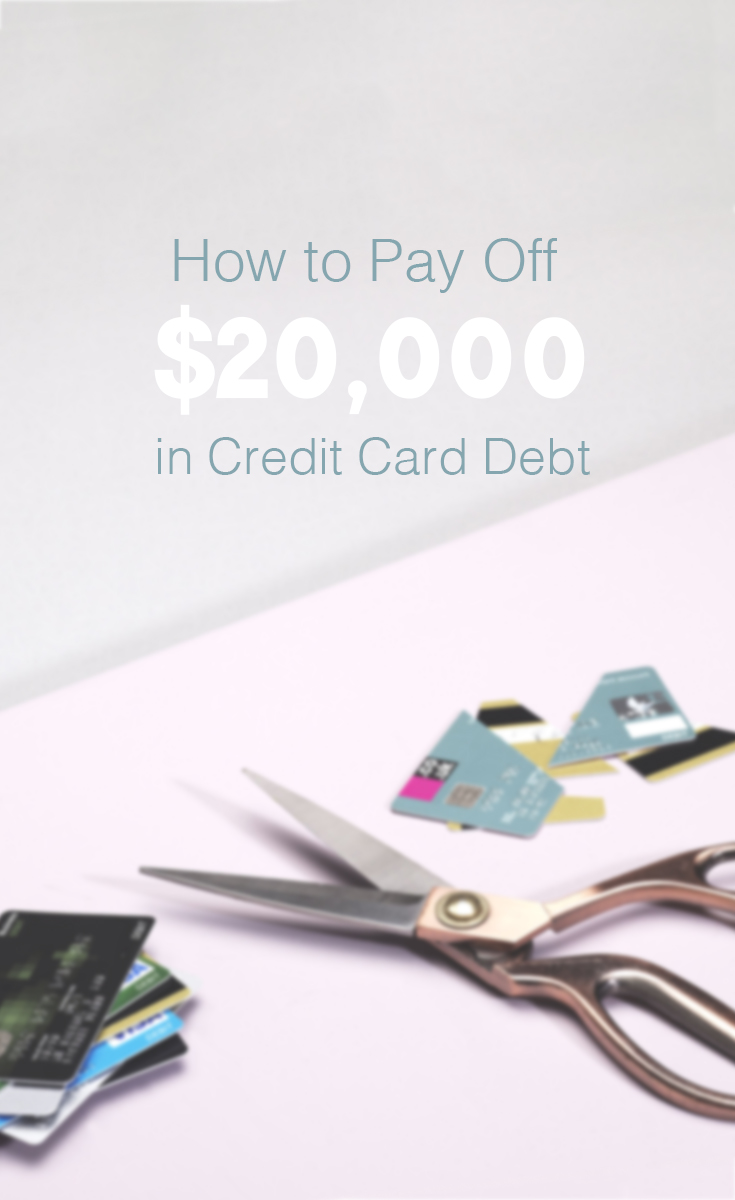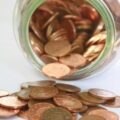 No matter how much we promise ourselves that we won’t use our credit cards, it still happens. We need to pay our school tuition. We end up with unexpected medical bills. The car needs repairs. Our dog gets hit by a car. The pair of shoes we’ve been eyeing for months finally goes on sale.
No matter how much we promise ourselves that we won’t use our credit cards, it still happens. We need to pay our school tuition. We end up with unexpected medical bills. The car needs repairs. Our dog gets hit by a car. The pair of shoes we’ve been eyeing for months finally goes on sale.
We swear we’ll pay off the credit card bill when it arrives, but it never happens. With a mortgage, car payment, utility bills, food and other necessities, the credit card bill gets the lowest priority. We end up paying just the minimum payment and seemingly getting nowhere as the balance slowly decreases.
This scene is not uncommon. The average American household has more than $16,000 in credit card debt. This is no surprise given that, in the past 15 years, household debt has gone up by more than 50 percent. The cost of living has also gone up 30 percent since then. Medical expenses have gone up by 57 percent, while food costs have risen by 36 percent.
If you have credit card debt, you’re not alone. But that doesn’t mean you have to be a statistic. If you have $20,000 in debt, it’s time to think about a debt escape plan. If you keep paying the minimum payment while interest accrues, it could take you 50 years or more to pay off that card. By that time, you would have paid off the original balance on the card multiple times.
Now is the time to take the appropriate steps to pay off your credit card debt. It won’t be easy, though. It will take an immense amount of discipline on your part. You must be committed to cutting expenses so you can focus on paying off your credit cards.
So how do you go about paying off your debts? Do you focus on one card? Should you try a debt consolidation plan? There are several options available to you. Read on to learn more about them and how they can help you achieve financial freedom.
👉 Related reading: Is Surveyworld Legit Or A Scam?
Three Types of Debt Payoff Methods

Instead of paying off your credit card debt little by little, you need to make huge strides. You can do this by using one of the three “snow-related” methods.
Many people choose the debt avalanche method. With this method, you make a list of all your credit cards and their interest rates. You then start attacking the card with the highest rate. Take whatever extra money you get and dump it on that credit cards. Get a bonus at work? Use it toward the card. If you can, get a side job and start putting that money toward your card.
You want to pay the minimum payments on the other cards and put the rest on the card with the highest interest rate. The debt avalanche method allows you to save the most money because you’ll be saving on interest, but you won’t see much of a decrease at first.
👉 Related reading: Is SurveySay Legit? My Honest Review
Some personal finance experts recommend that you use the debt snowball method. This method is similar to the debt avalanche method, but instead of choosing the cars with the highest rate, you pay off your smallest debt first. Doing so gives you a sense of accomplishment, so you get a psychological boost. This keeps you motivated so you can move on to the next debt. Again, choose the smallest debt and use the same method to knock out that debt as well. Do take note that you’ll pay more in interest. You still want to pay the minimum payments on your other cards.
Another option is the debt blizzard, which is a combination of both the avalanche and snowball methods. The debt blizzard helps you save on interest charges while providing a quick fix. First, you pay off the smallest balance. Next, you list the other credit cards and find the one with the highest rate. Start paying off that one, then pay off the one with the second highest rate and so on until all the cards have been paid off.
👉 Related reading: Opinion Inn Review – Is It Legit Or A Scam?
These debt payoff methods have amazing results, but they are easier said than done. You must cut back on expenses for at least a couple years, which can very hard, especially if you have a family. You may need to cut back on entertainment, eating out, gifts and other non-essentials, and if you’ve been accustomed to a certain lifestyle for a while, this can be uncomfortable.
Debt Consolidation Loan

Many people opt for debt consolidation loans because they allow you to pay off all your debt at once. You just then have one payment to make: the monthly payment on the loan. If you get a personal loan, though, these loans are unsecured so you may end up paying a higher rate. Plus, these are often harder to obtain because lenders are wary about approving these loans for those who already have a significant amount of debt.
If you own a home, you have the option of getting a home equity loan or line of credit if you have enough equity in your home. These loans allow you to pay off your debts so you have just one monthly payment. These often have lower rates than personal loans, so they are something to consider. Keep in mind, though, that they often have long terms, and loans often come with fees. If you choose one, make sure it is worth the cost.
Balance Transfers

If you have a credit card that is offering a balance transfer, you may want to take advantage of it. A card that has a 0 percent rate for a period of time (some go 12-18 months) can help you save money, since you wouldn’t be paying interest rates during that time. You can transfer your balances to this card. This would reduce the number of monthly payments you have, so you would be focused on paying down the balance on this one card. If done properly, this can save you hundreds or maybe even thousands of dollars.
👉 Related reading: Is Surveys2Cash Legit? (My Honest Review!)
However, you need to stay focused and pay off the balance before the promotion ends. Otherwise, you’ll be paying back interest on all that money you transferred over, and that could put you back in the same situation you were in before. Plus, balance transfer fees often apply (usually 3 percent of the balance), so you need to decide if the savings will be significant enough.
Debt Settlement

If you’re the salesperson type who is good at negotiating and convincing others, then debt settlement may work for you. This involves calling the credit card companies and asking to settle debts for less than you owe. For example, if you owe $10,000 on a credit card, you may offer $5,000.
This is not an easy way to pay off debt, though. Credit card companies rarely give in to these offers unless you are on the verge of filing of bankruptcy – and hopefully you’re not at that point yet. Lenders want to get as much money back as possible, so if they think you can pay off the $10,000 balance eventually, then they won’t settle for the $5,000 offer. You must be able to prove that you are in financial dire straits before they will consider that offer. And if they do consider it, be prepared to pay it right away. They won’t take a payment plan on a settlement.
You can also have a company do the debt settlement for you. Companies such as National Debt Relief work with credit card companies on your behalf. For a fee, they settle your debts to your satisfaction. You then pay the debt settlement company the amount of the settlement. If you do not have the full amount, you pay according to a payment plan. Your debts will be settled and you pay just one payment a month to the debt settlement company. It works like a debt consolidation loan, but it’s designed for those who cannot qualify for these types of loans.
👉 Related reading: LootGain Review (Honest Look) – Is It Legit
Living a Debt-Free Life is Possible

Debt is easy to rack up, but it sure is hard to pay off. If you have $10,000, $15,000 or even $20,000 in debt, you can pay it off. It takes time, patience and the ability to stick to a payment schedule.
If you have growing debts, take care of them now. The sooner, the better. If you wait too long, your debt will only grow out of control.
If you do pay off your debts using the tips above, congratulations! But be very careful because debt tends to sneak up on you. You could very well end up in this same predicament again in just a few short years.
By using one of the tips above, you can take the reins and control debt instead of letting it control. Take charge today and pay off your credit cards today. You’ll feel a sense of relief.


